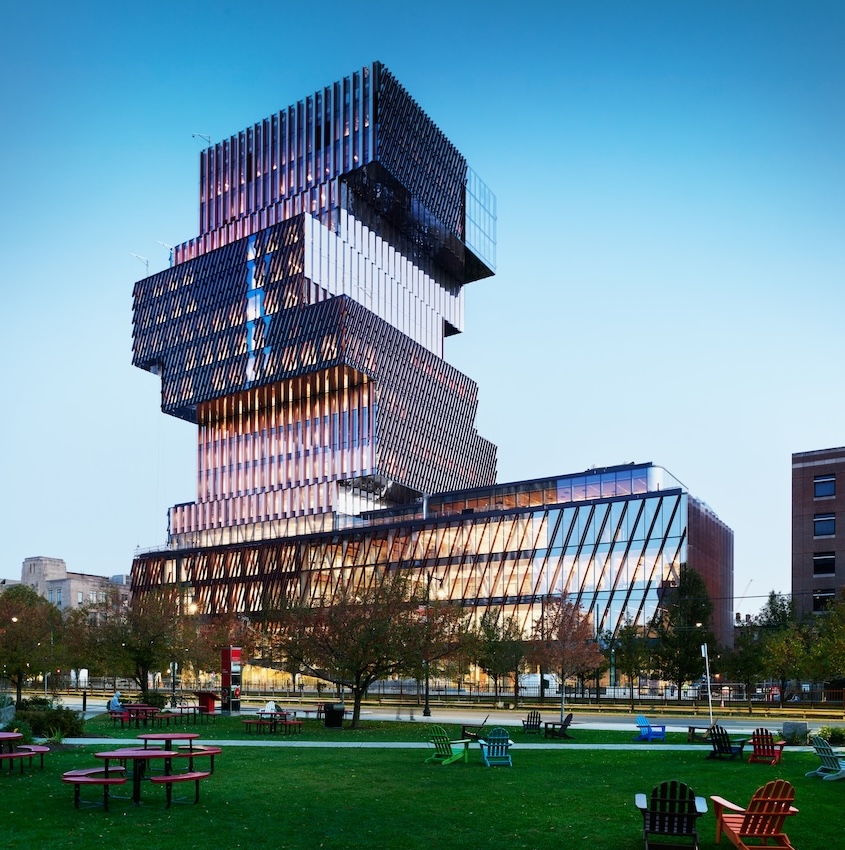Evolving the Concrete Jungle
Learning Objectives:
- List ways in which the construction industry has an impact on global greenhouse gas emissions and global warming.
- Explain how life-cycle assessment (LCA) and environmental product declaration (EPD) help designers compare options and make informed decisions.
- Discuss how a circular economy approach to construction can benefit businesses, people and the environment.
- Describe low-carbon concrete is a proven alternative for the design of lower embodied carbon buildings and infrastructure.
Credits:
This course is approved as a Structured Course
This course can be self-reported to the AANB, as per their CE Guidelines
Approved for structured learning
Approved for Core Learning
This course can be self-reported to the NLAA
Course may qualify for Learning Hours with NWTAA
Course eligible for OAA Learning Hours
This course is approved as a core course
This course can be self-reported for Learning Units to the Architectural Institute of British Columbia
The construction industry is one of the biggest contributors to one of the most pressing crises of our time: climate change. It is also an industry with huge potential for innovation that can—and often does—find new ways to exceed standards and provide valuable and exciting solutions. As the industry grapples with ways to solve the greenhouse gas emission problem, new building technologies and new ways to evaluate sustainability continue to rise to the surface, providing designers and building owners better options for sustainable projects. Life-cycle assessment and environmental product declarations help designers make informed decisions, while a circular economy approach to materials and “green” technologies, including low-carbon concrete, help move the built environment toward a better-built world.

Photo courtesy of JJ Jetel














